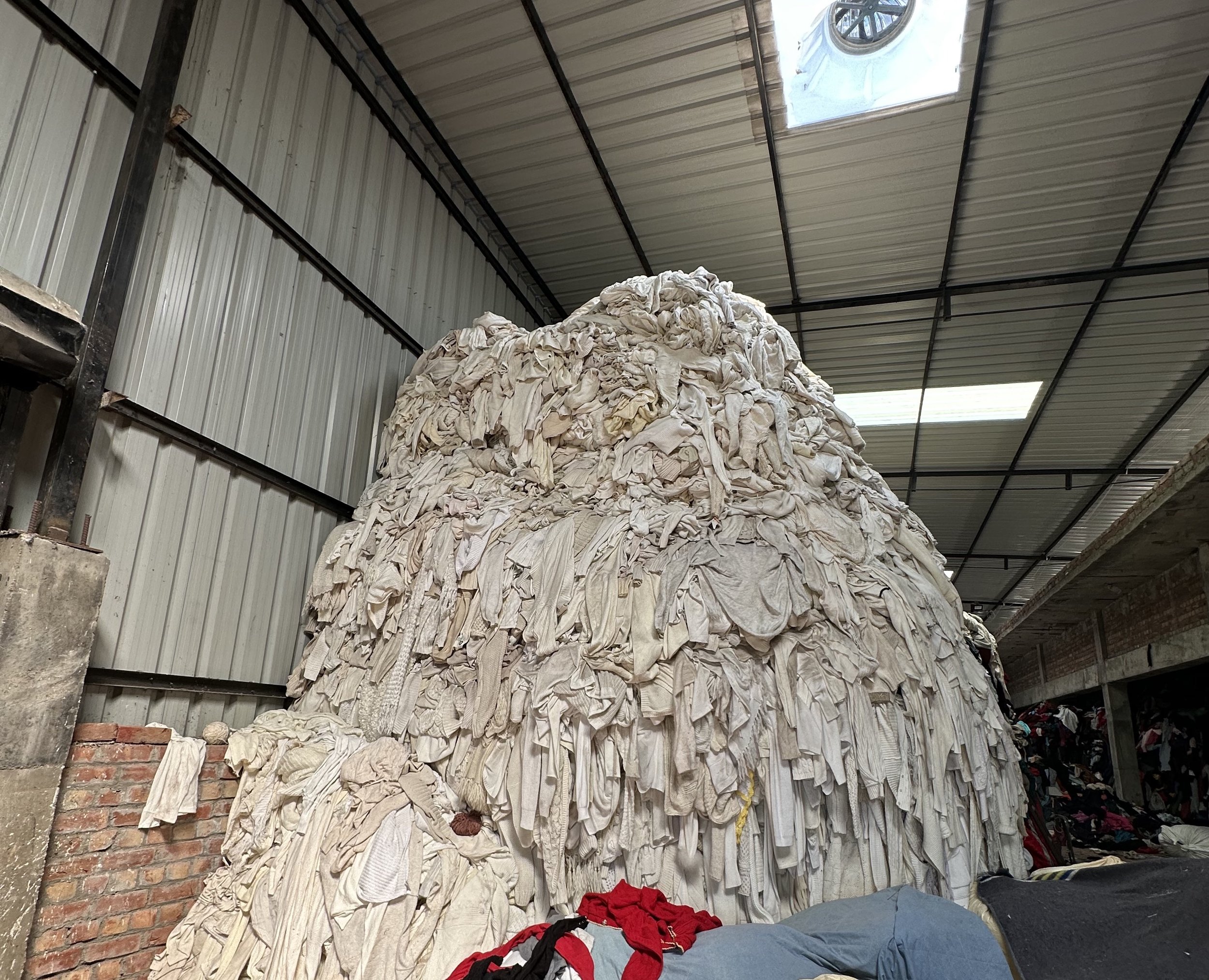Textile Recycling as a Part of the Circular Economy
Australia is one of the leading countries in the world when it comes to citizen awareness of environmental issues, with 83% of people surveyed being concerned with the impacts of climate change (Murphy, 2021). But how can you as a concerned Australian act in a simple and effective way to improve your environmental footprint?
The international fashion industry contributes 8-10% of global carbon emissions (Niinimäki, 2020), making it a large factor in climate change. The industry creates an enormous amount of waste, consumes a vast amount of energy and is a large contributor to various environmental issues. The problem exists through every stage of the lifecycle including producing, transporting and selling clothing.
Australia is the second-biggest consumer of textiles per capita globally, turning over an average of 27 kilograms of new clothing a year (Khan et al, 2023). This is an increase in clothing consumption by as much as 60% over the last 15 years, with research also finding that Australians are keeping clothing items for half as long as they were since 2010 (Clean Up, 2023). Considering that 90% of all reported clothing waste goes to landfill, the entire process of fast fashion represents a dangerous environmental hazard in every part of its process (Machado et al., 2019).
As Australians, these statistics no doubt shock and upset us, and prove that it is time to make a change in our habits as businesses and individuals to reduce our environmental impact.
One method that many Australians have access to, but they may never have known existed, is textile recycling. Textile recycling involves the process of breaking down garments either chemically or mechanically to recover their base fibres, which can then be repurposed into a variety of different things, including clothing, insulation, home furnishings and more. This process not only reduces the negative impacts of landfill and biodegradability, but also reduces the use of water and energy in the creation of new fibres and clothing.
Although not necessarily a new process, the efficiency of textile recycling and its ability to deal with clothing made out of a variety of different fibres has improved vastly. After can enable you to make an environmentally conscious choice as a business or a household, using a cost-effective process with absolute transparency in what we do with your textiles. You can also see your direct impact by recycling your textiles.
Give your textiles a second-life with After!


